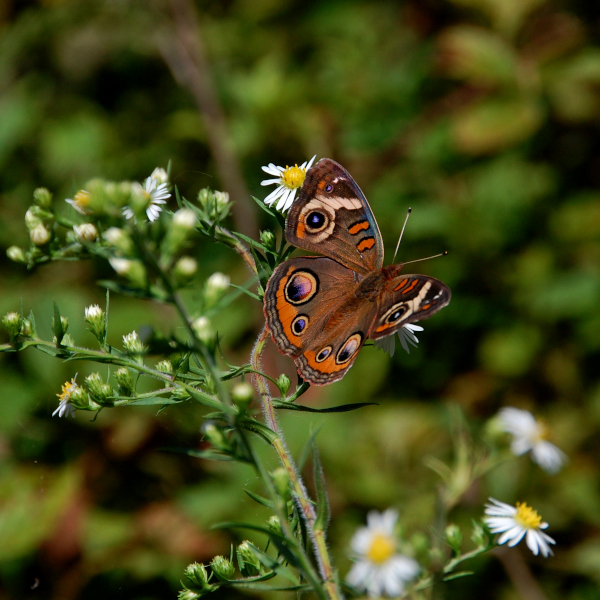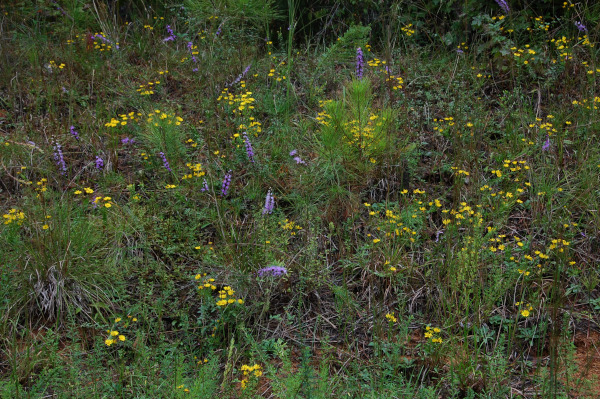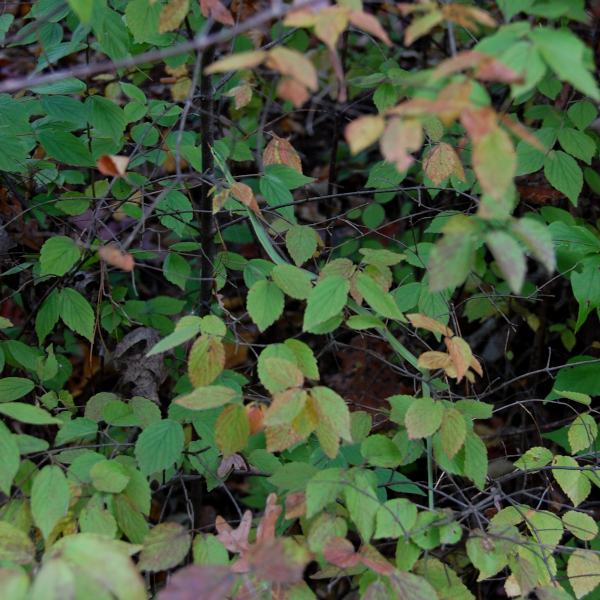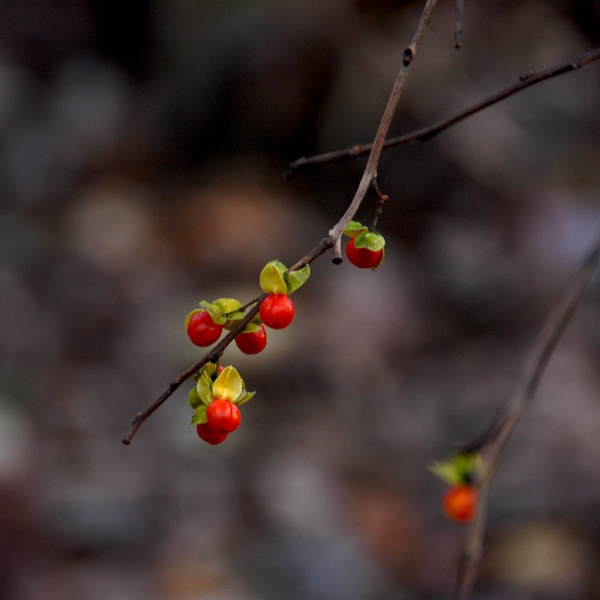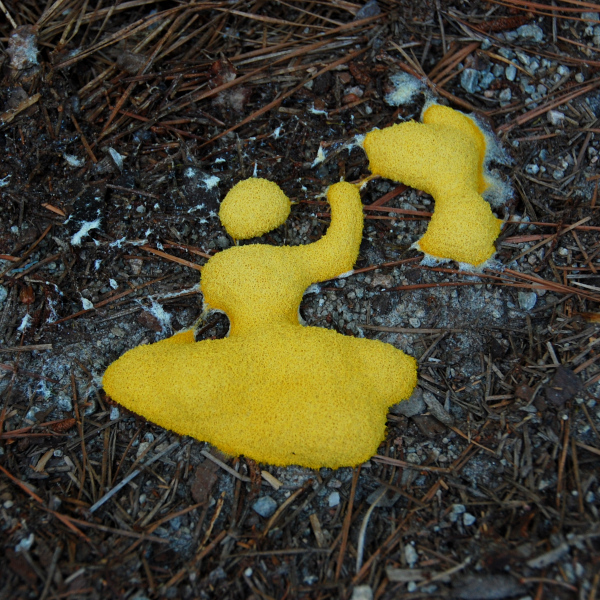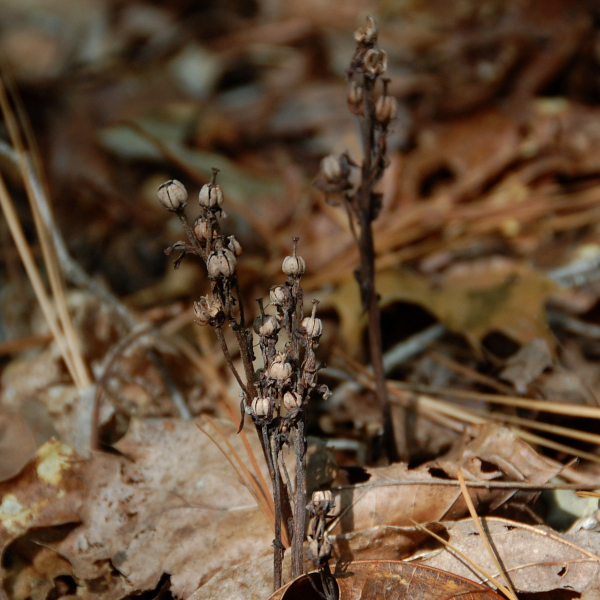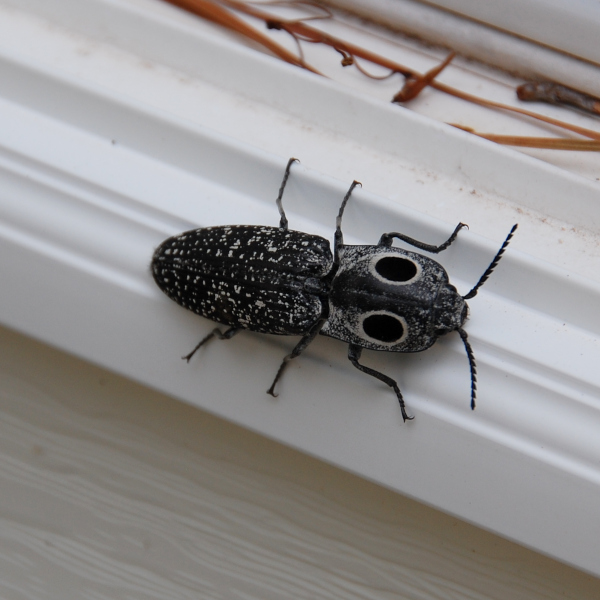Enjoy some quiet nature today with this Common Buckeye butterfly (Junonia coenia).
Author: Jaclyn
this is in archive.phpthe description is : *** ***
Quiet Nature- October 8, 2024
Golden asters and blazing stars on the Shiloh Greenway.
Rough Green Snake
Look carefully. Can you see it? A rough green snake (Opheodrys aestivus) is hiding in the bush. Rough green snakes are friendly snakes. They are active during the day, usually climbing on trees. They typically eat insects and do not harm humans. Rough green snakes can be difficult to find. Their thin, green bodies match… Continue reading Rough Green Snake
Seeds of Invasive Vines
Some of our most invasive vines are producing seed right now: oriental bittersweet (Celastrus orbiculatus), Chinese privet (Ligustrum sinense), and Japanese honeysuckle (Lonicera japonica). If you see these vines on your property, it’s time to pull them out. The birds eat the seeds and help spread the vines to new locations.
Sleeping Bees
On these cool fall mornings, you might find a bee sleeping on a flower. Colder temperatures make it harder for bees to move around. In fact, the temperature has to be above 50 degrees Fahrenheit for carpenter bees to be active. They find shelter and protection in the flowers until the temperature warms up. I… Continue reading Sleeping Bees
Slime Mold
Have you ever seen slime mold? This one is Fuligo septica. Its common names include dog vomit slime mold and scrambled egg slime mold. At first the mold is bright yellow. As it matures, it turns brown or black. I found this one at the edge of the woods. I’ve seen it several times growing… Continue reading Slime Mold
Small White Asters
Have you seen the small white asters this fall? If you walk by them quickly, you’d think that they were all the same plant. But look carefully, and you’ll notice that there are several different white asters out there. Here are some of the more common asters in our area: Long-stalked aster (Symphyotrichum dumosum)- the… Continue reading Small White Asters
Some Plants Depend on Fungus for Nutrients
We ventured into the woods today to look at the seed heads of the cranefly orchids, and came across these dried up plants. They look pretty similar to striped wintergreen, but striped wintergreen doesn’t have so many flowers on one stem. With some research at home, we determined that this is pinesap (Monotropa hypopitys). Pinesap… Continue reading Some Plants Depend on Fungus for Nutrients
Sometimes Nature Comes to You
Sometimes nature comes to you! We sat down to eat lunch yesterday and heard a tap on the window. The bugs bump the window all the time, it was nothing unusual. As I passed by the window though, something caught my attention. Look at this bug! Have you ever seen anything like it? It’s an… Continue reading Sometimes Nature Comes to You
Speedwell Flower Identification
Speedwells are very common in our area. I’ve noticed four different types on the trails in Morrisville. Here is some information to help you identify them. All speedwells have four petals. Three petals are the same size, and one is slightly smaller. Bird’s eye speedwell (Veronica persica) is the first speedwell that I noticed. The… Continue reading Speedwell Flower Identification
